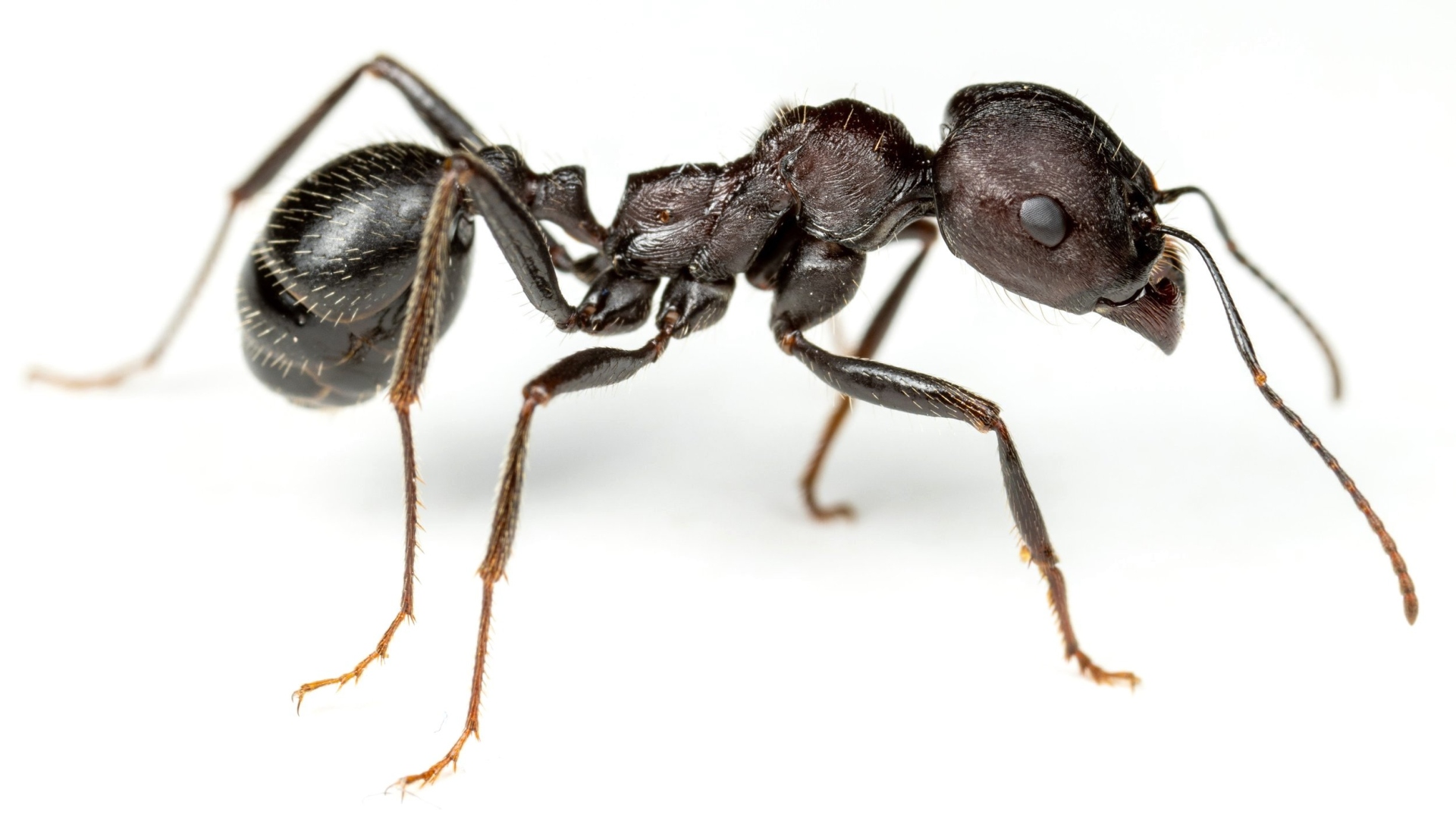Exploiting ant species for trade can severely impact their renewal dynamics pushing them closer to extinction

Recently, the Kenya Wildlife Service sleuths arrested two Belgians, along with a Vietnamese and a Kenyan suspect, on charges of attempting to smuggle live ants out of the African nation. Kenya is known historically for its extraordinary wildlife but is also notorious for the desperation of the organised gangs of poachers and hunters targeting its charismatic species like elephants, rhinos, lions and pangolins. But this attempt was unique and the crime a landmark case, in that the animal targeted was an ant; unlikely to fit into public imagination of being a precious protected species of wildlife.
The scale of live collection and modus operandi of the bio-smugglers in this case was simply astonishing. The ‘Ant Gang’ as they called themselves, reportedly collected 5,000 live ants from Kenyan wilderness and packaged these insects carefully in 2,244 perforated (for ventilation) plastic tubes stuffed with wet cotton wool to ensure required humidity for their precious live captive booty. The planning reeks of organised trade of this wild contraband, though the suspects insist that they did it ‘for fun’ and have since been pleading ignorance that illegal transboundary transport of biological organisms construes biopiracy and is a punishable offence!
It is shocking that this confiscated ant consignment is valued at 7800 USD in international grey market and predominantly contained the ‘Giant African Harvester Ant’ which is distinct by its size (reaching up to 22 mm long), rarity and the price it commands (220 USD per live specimen).
This incident merits some serious reflection by the conservation lobby and the law enforcement agencies across the globe. The focus of the wildlife criminals is clearly shifting from the large megafauna to the lesser-known species that occur in the wild. Likewise, the dubious clientele for these not so common pets is on a rise. Scorpions, tarantulas, millipedes, orchid-mantises, beetles, bugs, butterflies, moths and ants comprise the illicit invertebrate merchandise. They are easy to conceal and smuggle due to their ‘mute nature’ and their small sizes, and chitin armament grants to them greater endurance. Also, rearing them in captivity is much easier and affordable than the bigger growling, whistling or hissing counterparts. I’ve seen one entire market in Beijing where traders sell live and preserved animals as curios.
The border agencies must be sensitised to this biopiracy and stay vigilant to spot and stop this trade for more than one reason. Firstly, the wildlife occurring in the territorial jurisdiction of a given country is their living wealth and that country decrees its protection and ensure its conservation. Often these are species that are limited by their geographic distribution making them endemic, and their small numbers may make them rare as well. Exploiting such species for trade can severely impact their renewal dynamics pushing them closer to extinction.
Their removal from that ecosystem can have a disastrous cascading effect. First a critical ‘niche’ that the ants fill shall stay vacant, disrupting some key ecological function. In case of the ants intercepted in Kenya, the species Messor cephalotes is a ‘seed stockist and a soil engineer’! it stores seeds in its underground cellars essentially creating a ‘seed bank’ and further promoting their dispersal. Their movement in and out aerates and mixes the soil ensuring movement of plant nutrients into critical soil strata.
There is a lesson in this Kenyan ‘ant gang episode’ for conservation stakeholders across the world; and particularly for a country like India that enjoys the envious tag of being a biodiversity rich country and faces the challenges of porous international borders and transborder laxity in movement of bioresources. Kenya is 1/6th the size of India and has very impressive array of megafauna, and yet it has proactive mechanisms and machinery in place to detect and prosecute illegal movement of something as small as an ant that is native to their territory.
This underpins their non- discriminatory stance towards all that is within the purview of ‘wildlife’. Even a non-CITES listed and IUCN Not Evaluated- species like the Giant African Harvester Ant did not escape their surveillance at the international airport. This discipline and state of alert is the key to deter criminals.
Regrettably we take our wildlife and biodiversity for granted, at best leaders using these endowments for ‘greenwashing’ their image as environment friendly. The forest brigade is still overtly focused on tigers, lions and the imported Southeast African Cheetahs from Namibia now being ‘force naturalised’ in Madhya Pradesh. While aviaries and butterfly gardens are becoming somewhat popular in the country, I am yet to see a state funded formicarium where we can observe myrmecofaunal (ant) diversity of the Indian subcontinent! We must on priority address these gaps in our understanding of diversity of these chronically ignored sidelined lesser-known groups and assess them for their conservation status.
In Goa, recently there is a palpable surge in field biological investigations and significant effort at promoting citizen science with popular identification apps and electronic databases. This is heartwarming, commendable and could bring many hitherto ignored species into prominence. This information gathered by amateurs and enthusiasts must be carefully sieved, collated and authenticated with the help of experts.
There is a pressing need to create state-specific and national databases on various Indian floral and faunal taxa, and periodic species-specific conservation assessment. These inventories can then be shared with customs and CISF personnel deployed at international sea and airports for effective surveillance and interception.
The political class, decision makers and enforcement agencies must also expand their understanding and vision about ‘conservation worthy’ species within the territorial confines of our respective states, taking inspiration from the Kenyan example. An ant may be small and unobtrusive in comparison with the mighty elephant, but it is unique both in structure and function!